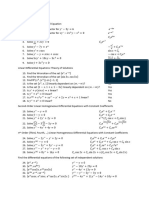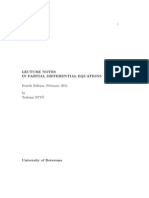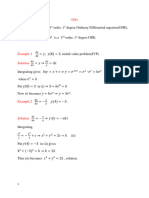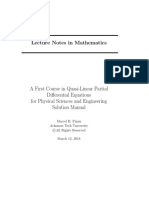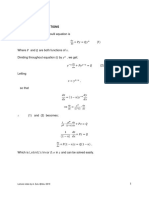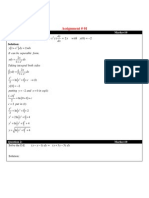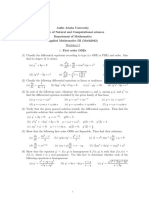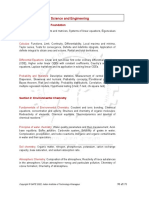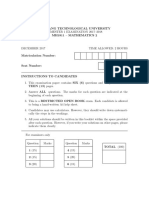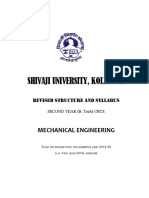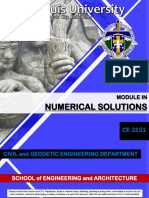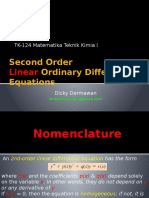0% found this document useful (0 votes)
21 views34 pagesLec 8
This lecture covers mathematical methods in physics, focusing on differential equations including the heat equation, two-dimensional Laplace equation, and nth order homogeneous linear differential equations. It provides examples and solutions to these equations, emphasizing the use of exponential functions and sine/cosine representations. Additionally, it discusses non-homogeneous differential equations and methods for solving them, including separation of variables.
Uploaded by
anibakhalid47Copyright
© © All Rights Reserved
We take content rights seriously. If you suspect this is your content, claim it here.
Available Formats
Download as PDF, TXT or read online on Scribd
0% found this document useful (0 votes)
21 views34 pagesLec 8
This lecture covers mathematical methods in physics, focusing on differential equations including the heat equation, two-dimensional Laplace equation, and nth order homogeneous linear differential equations. It provides examples and solutions to these equations, emphasizing the use of exponential functions and sine/cosine representations. Additionally, it discusses non-homogeneous differential equations and methods for solving them, including separation of variables.
Uploaded by
anibakhalid47Copyright
© © All Rights Reserved
We take content rights seriously. If you suspect this is your content, claim it here.
Available Formats
Download as PDF, TXT or read online on Scribd
/ 34








